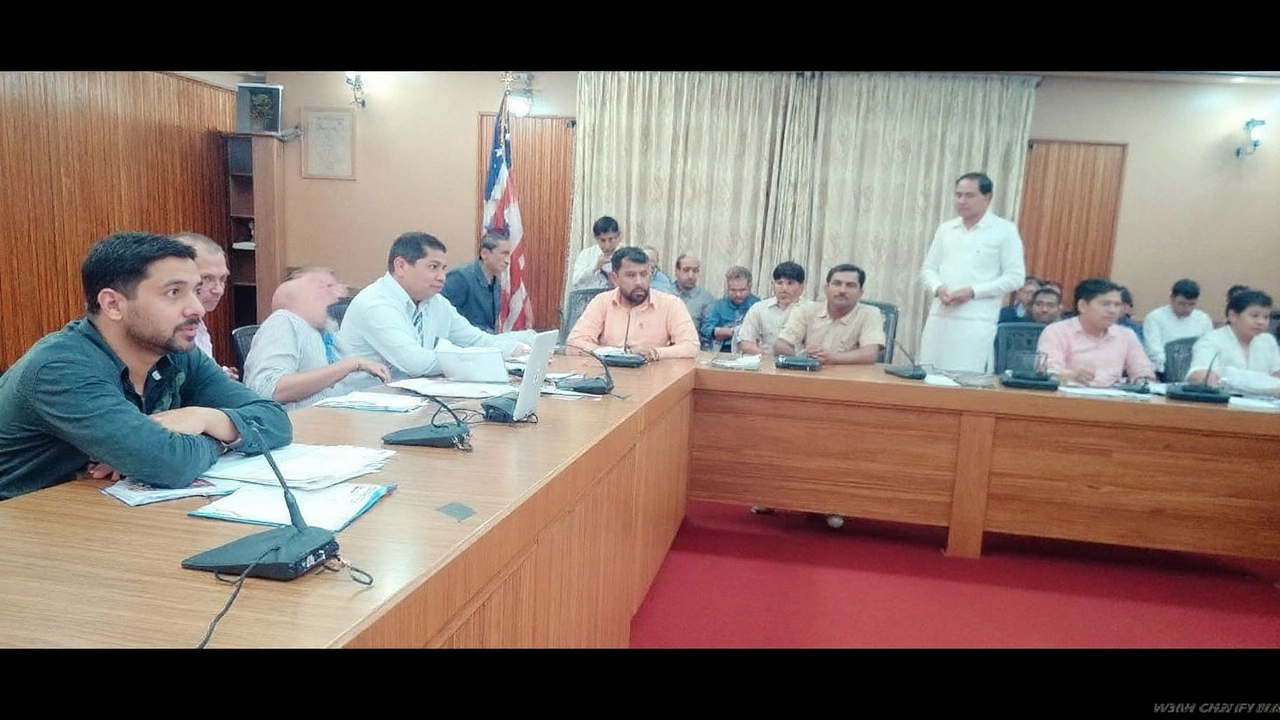One Earth One Health – Why It Matters
When you hear the phrase One Earth One Health, think of a single system where nature and people affect each other every day. Poor air, dirty water, or lost forests don’t just harm wildlife; they also raise risks for asthma, heart disease, and food shortages. The opposite is true too – healthier ecosystems give us cleaner air, safer drinking water, and more nutritious food.
Understanding this link is the first step toward a life that supports both your wellbeing and the planet’s future. Below are real‑world actions you can start right now, plus a look at the bigger policies that tie climate and health together.
Everyday Actions for a Healthier Planet
Swap single‑use plastics for reusable containers. A simple water bottle or coffee mug reduces waste that ends up in oceans, where micro‑plastics can enter our food chain.
Walk, bike, or use public transport for short trips. Cutting a few car miles each week drops emissions, improves local air quality, and gives you a free workout.
Choose seasonal, plant‑based foods when possible. Growing crops locally uses less fuel and often fewer chemicals, which means fewer pesticide residues on your plate.
Plant a tree or support community gardens. Trees trap carbon, shade streets, and can provide fresh produce for neighborhoods that lack grocery stores.
Limit energy use at home – turn off lights, unplug chargers, and set your thermostat a few degrees lower in winter. Lower energy demand means less fossil‑fuel burning, which directly reduces pollutants that hurt lungs.
Policy Moves That Tie Climate to Health
Governments are starting to treat health and climate as a single problem. For example, many cities now have clean‑air action plans that set limits on industrial emissions and promote green spaces. These policies lower asthma attacks and other breathing issues.
National health agencies are adding climate risk assessments to their planning. By mapping heat‑wave hotspots, they can allocate emergency resources before hospitals become overwhelmed.
International agreements, like the Paris Accord, now mention health outcomes alongside temperature goals. This signals that future climate funding will consider medical costs saved by greener practices.
When you vote, look for candidates who back strong environmental regulations and public‑health investments. Your voice can push lawmakers to fund renewable energy, cleaner transport, and community health programs.
By keeping an eye on both personal choices and public policy, you help create a feedback loop where a healthier Earth supports healthier bodies, and vice versa.
Remember, One Earth One Health isn’t a buzzword – it’s a roadmap for everyday living. Small habits add up, and collective action from citizens to governments can shift the balance toward a sustainable, thriving future for all.
International Yoga Day 2023 in Sonbhadra Highlights 'One Earth One Health' Theme
On June 21, 2023 Sonbhadra district hosted a massive International Yoga Day gathering centered on the 'One Earth One Health' theme. Over 3,000 participants, including schoolchildren, senior citizens and local officials, joined a series of asanas, breathing drills and environmental talks. The event linked yoga practice with ecological awareness, echoing the national campaign. Government dignitaries underscored the role of yoga in promoting holistic well-being for both people and planet.
View more